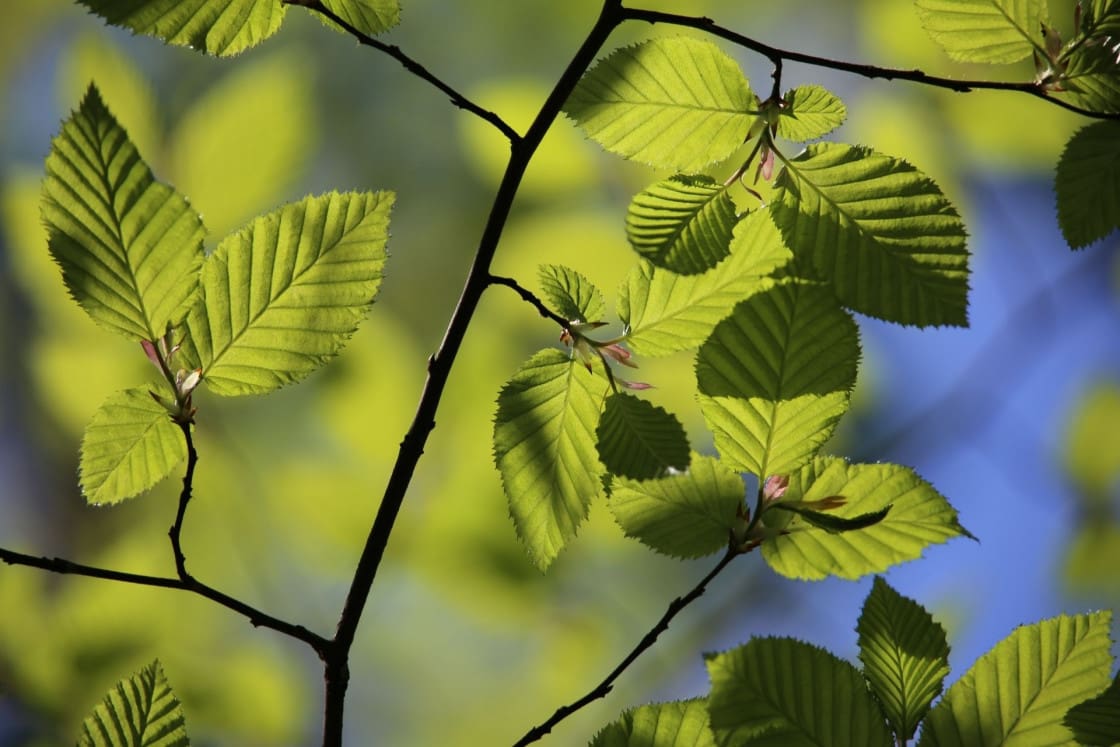Artificial Grass vs Real Grass


Shrubs, hedging, trees and roses are often supplied in three ways, these are bare-root, root-ball or container grown. If you don’t know the difference it can be difficult to understand which one you need for your requirements. The time of year will affect how these plants are supplied.
Bare-root (BR) shrubs, hedging, roses and trees are grown directly into the ground in fields and are only lifted, without soil, when they are required during the dormant growing months of November-March. In very cold winters this can sometimes be extended through to April. Bare-root shrubs are a lot cheaper for nurseries to grow and dispatch as they do not require re-potting each year and they do not incur costs for the weight of the soil when being delivered.
Bare-roots are a viable choice when planting a long stretch of hedging or if you need taller plants at a lower cost than pots or root balls. It must be mentioned that bare-root plants do normally have a 10% failure rate. The success rate can be improved when incorporating root builders such as bone meal into the planting pit. Bare-roots are easy to handle but they need protecting from frost and should be planted quite quickly after delivery.
Much like bare-root, root-ball (RB) plants are grown in fields but the soil around the roots remains intact. They are normally quite large and are delivered with a substantial ball of soil inside a biodegradable hessian bag which is planted directly into a planting pit and covered with soil. The hessian bag allows new roots through and eventually biodegrades.
Root-balled plants have had their roots cut at lifting, so they have lost most of their fine fibrous roots, -can only be planted in winter, take longer to establish, and have a significant failure rate. For the best success rate, root-balls should be planted into their permanent positions as soon as possible and generously watered during their first year. Using root-ball stock can be an economic way of planting easy-rooting species but requires careful aftercare provision to ensure success.
Container Grown (CG) plants are the most familiar way of buying plants. Benefits of container-grown plants, shrubs and trees are that they are available year-round with a broad selection of trees, shrubs and perennials being grown as pots, whereas with root-ball and bare-root only a select few are grown.
They are easy to handle and have a high success rate because they aren’t being disturbed or having their roots cut, causing less stress to the plant. With this in mind, you can imagine the upkeep of keeping a plant in a container alive. This includes watering and potting it on to bigger pots when it’s outgrown the one before. This is why they’re usually less cost-effective.
Container grown plants have a good fibrous root system, which has been protected by the pot, making it ready for planting. However, you do not need to rush to plant your container-grown plants. As long as you keep them well-watered, they can remain in their pots for a number of days or weeks whilst you prepare your planting area.
Need some advice on re-designing your garden’s planting? Call our team on 0116 210 0760 today.